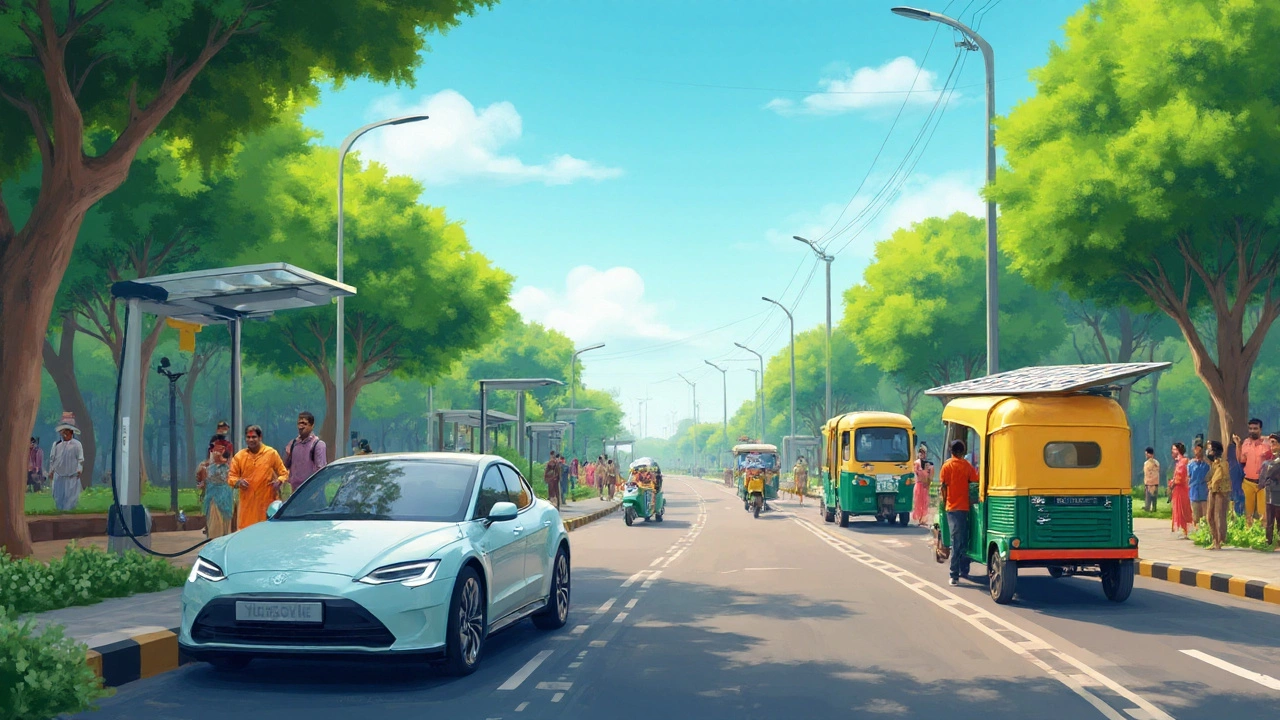Hydrogen Fuel: What It Is, How It Works, and Why India Is Betting on It
When we talk about hydrogen fuel, a clean energy carrier that produces only water when burned. Also known as green hydrogen when made using renewable power, it’s not a new idea—but it’s finally becoming practical. Unlike batteries that store electricity, hydrogen fuel stores energy in chemical form, making it ideal for heavy transport, factories, and places where solar and wind alone can’t reach.
What makes hydrogen fuel different is how it’s made. If you use solar or wind to split water into hydrogen and oxygen, you get green hydrogen, a zero-emission fuel produced without fossil fuels. That’s the kind India is racing to build. If you use coal or gas instead, you get gray or blue hydrogen—still useful, but not as clean. The country’s push isn’t just about technology; it’s about energy independence. India imports over 85% of its oil. Hydrogen fuel could change that.
It’s not just theory. Companies and labs across India are already testing hydrogen-powered buses in cities like Delhi and Pune. Factories in Gujarat are experimenting with hydrogen to replace coal in steel production. Even rural villages are seeing pilot projects where solar-powered electrolyzers make hydrogen for cooking and lighting. This isn’t science fiction—it’s happening now, and it’s tied directly to India’s goal of net-zero emissions by 2070.
But it’s not easy. Making green hydrogen still costs more than diesel or gasoline. Storing and moving it safely needs new pipelines and tanks. And while solar panels are getting cheaper, the electrolyzers that turn sunlight into hydrogen are still expensive. That’s why partnerships between government, universities, and private firms are critical. The real winners won’t be the ones with the fanciest labs—they’ll be the ones who build simple, scalable systems that farmers, truck drivers, and small factories can actually use.
What you’ll find below are real stories from India’s hydrogen journey: the breakthroughs, the setbacks, the people building it, and the policies shaping it. No hype. No fluff. Just what’s working, what’s not, and where the next big shift is coming from.




